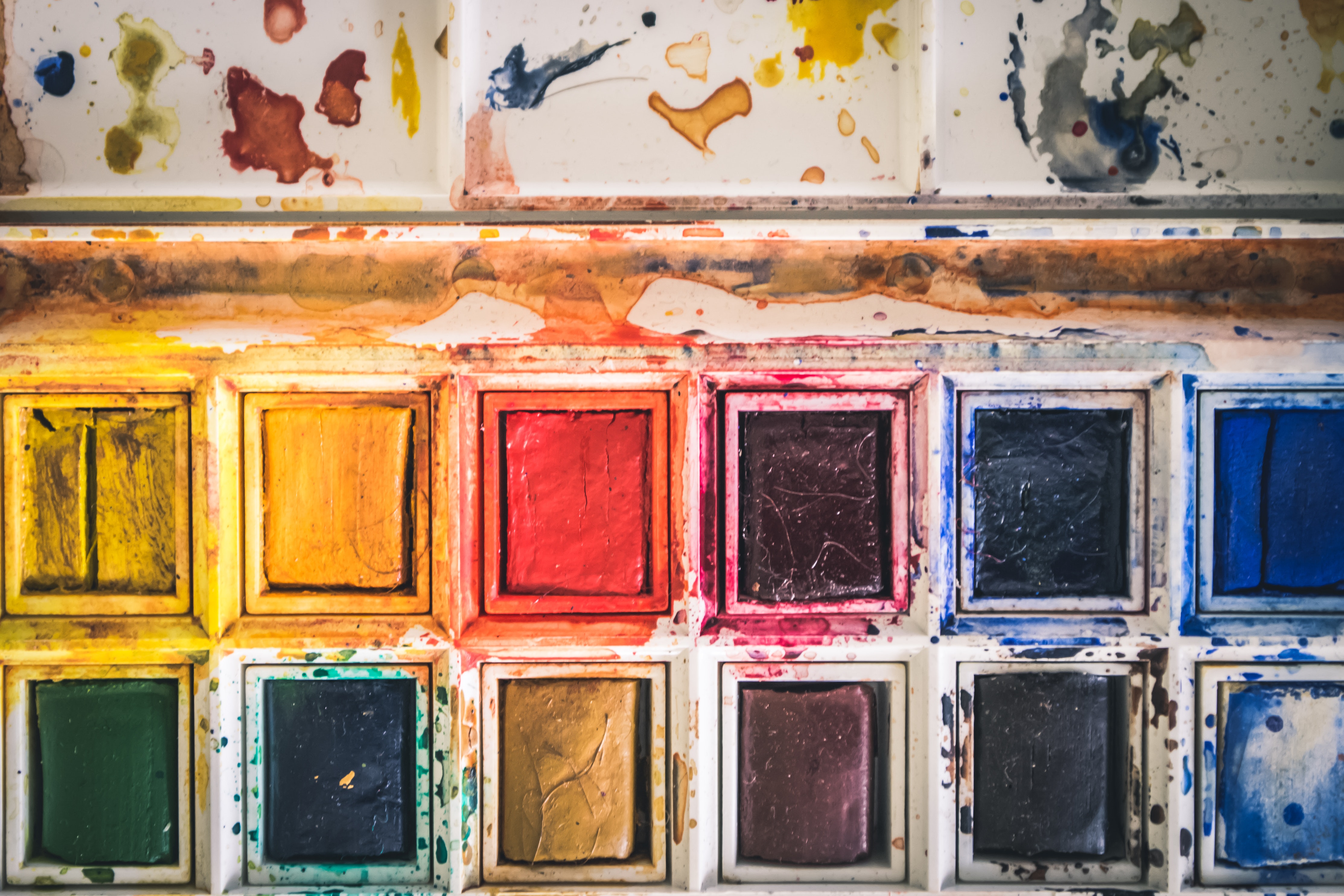
There are many facets to disability. The stigma surrounding it, the difficulty of living with it, the challenge of thriving over it.
You might not associate art with any of the above, but art is a very powerful medium to communicate these many facets in a way that empowers and heals an individual while inspiring those around them.
Here’s why even when words might fail, art can be an effective means of tackling disability in all its facets:
Art is self-expression
PWDs may face barriers to communication, but art can provide a way to express themselves without words.
With it, pretty much anyone can communicate emotions, experiences, and perspectives that might be difficult to express in other ways. Oftentimes such forms of expression convey even greater meaning – or appeal to another’s emotions – better than texting or speaking.
Art can be therapeutic
Art therapy may seem like a fringe medical practice, when in reality it is a proven, effective means of stress and trauma relief.
In fact, only a tiny percentage of people that have experienced art therapy receive no visible or tangible benefits. To everyone else, art can arguably be instrumental in helping people process mood-related conditions in a healthy manner.
Community-based art-making therapy sessions, in particular, have been known to facilitate improvements in mental health while encouraging interaction and social networking.
Art can be a form of activism
Raising awareness through art is an old practice, but nonetheless highly effective when done right.
You could use art to champion for disability rights, or to highlight a need for social change and inclusion. Of course, the artworks themselves don’t need to specifically portray the causes the artist champions.
Artists with disabilities such as Alice Schonfield – who has reduced physical ability due to multiple strokes – is primarily known for her sculptures made primarily in Italian marble. It is her skill as an artist, and not the meaning of her sculptures, that inspire the communities she represents.
Disabilities are often the subject of stereotypes and prejudice. Art can be the gateway in which such bias is brought to light. It could also be a catalyst for more nuanced conversations on disabilities to take place.
Art can build communities
Art can bring people together and create a sense of community and belonging.
It can be used to build connections between PWDs. This can serve as an extremely effective support group, as empathy tends to come naturally when there’s shared circumstances.
Conversely, it can just as well be used to bridge the communications divide between PWDs and other demographics. There is the potential for common ground to be established through art, which in turn can breed social cohesion even among highly different sets of people.
References
Art Enables (2023) How Does a Career in the Arts Benefit Individuals With Disabilities? [Accessed 29 March 2023] Available at: https://art-enables.org/post/5331-how-does-a-career-in-the-arts-benefit-individuals-with-disabilities
Cecilia Cruse (2022) The Benefits of Art for Students with Special Needs [Accessed 29 March 2023] Available at: https://blog.schoolspecialty.com/benefits-art-students-special-needs/
Zahavit Paz (2012) How Art Therapy Helps People with ADHD, LD and Autism [Accessed 29 March 2023] Available at: https://www.ldrfa.org/how-art-therapy-helps-people-with-adhd-learning-disabilities-and-autism/